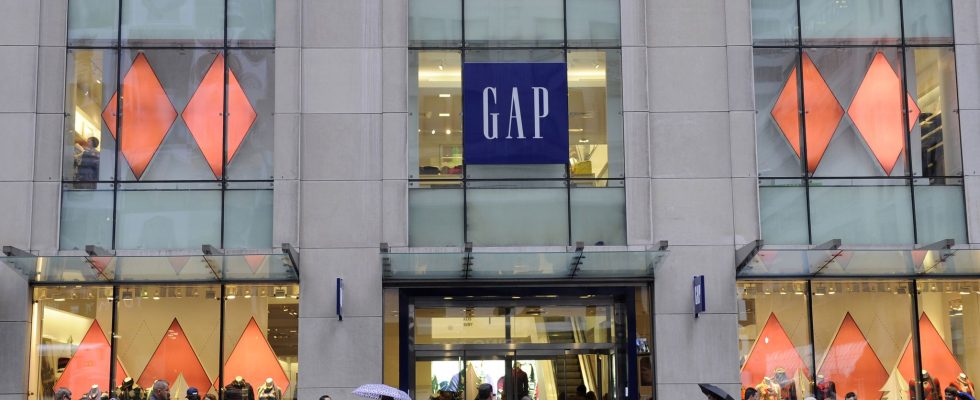Bad times for fashion brands. The Alliance du Commerce, the leading professional organization in personal equipment, reports an 11% decline in in-store clothing turnover between 2019 and 2022, a fall of 17% footfall and an 11% drop in the number of stores in the country.
The worrying disappearances of points of sale can be explained in particular by the liquidation of flagship brands (such as Camaïeu or Cop. Copine) and by the closure of shops deemed inefficient by the most weakened networks, such as Kookaï, Pimkie, Burton or San Marina. These deletions are of course due in particular to the tremendous increase in online sales of clothing and shoes (+ 80% over three years) and to the inflationary context, which forces the French to watch their spending.
However, some brands are resisting market turbulence. “Men’s ready-to-wear, especially in the mid-range and high-end segments, is suffering much less than the mass market”, assures Thierry Herbe, general manager of Father & Sons (56 stores, including 12 affiliates). . His brand intends to distinguish itself from the big low-cost sellers on the Web by offering quality articles and costumes, while maintaining affordable prices.
Get your hands on the wallet
Also on the strength of their well-studied positioning, other brands are prospering and developing their network. “Low prices and innovative ideas currently being tested (such as clothing rental) are Kiabi’s strength, particularly in this period of inflation,” says Laurent Delafontaine, co-founder of Ax Réseaux. “The Cabaïa brand is very successful with its original and functional accessories such as backpacks, hats or socks.”
The Beaumanoir family group, one of the main French specialists in ready-to-wear with Cache Cache, Morgan, Bonobo, Caroll or even La Halle, is another case in point. He “knew how to put his hand in the wallet to add to his range of emblematic names like Caroll or Sarenza.com”, observes Laurent Kruch, CEO of Karedas Consuting (consulting in mergers and acquisitions for network companies). It emerges strengthened vis-à-vis its suppliers and its logistics partners, which is a decisive element in the sector.” The Breton company, which develops both in franchise and in commission-affiliation, “is indeed become an increasingly important buyer. This allows him to negotiate good prices for his affiliates, analyzes the specialist. It has also been able to reduce its exposure to risks, whether it be the vagaries of the market or disruptions in the supply chain…”. The Malouins, it is true, are reputed to know how to navigate in heavy weather…
Caution, caution…
The specialists are unanimous: candidates for the opening of a franchised or affiliated point of sale must be extra careful before getting involved in the clothing sector. Indeed, many networks no longer have the financial capacity to invest at all costs and launch branches. The proof by the figures: the number of own openings fell by 30% between 2019 and 2022, according to the Alliance du Commerce. Signs now favor franchise or affiliate facilities.
If you take the plunge, however, find out very precisely about the situation and the prospects of the brand. And also know how to be a solid manager so as not to let operating costs soar or run into inventory problems. “The clothing market requires strong managerial skills, especially for everything related to the management of employees’ diaries”, adds Laurent Kruch. “Given the low margins, it is also a segment in which you have to aim for maximum volume to hope to earn a good living.” To do this, it is in your best interest to become multi-franchisees (by opening several stores over time within the same network) or even multi-franchisees (by multiplying the units under different brands).
An article from the Franchise special issue of L’Express. On newsstands March 16, 2023.
